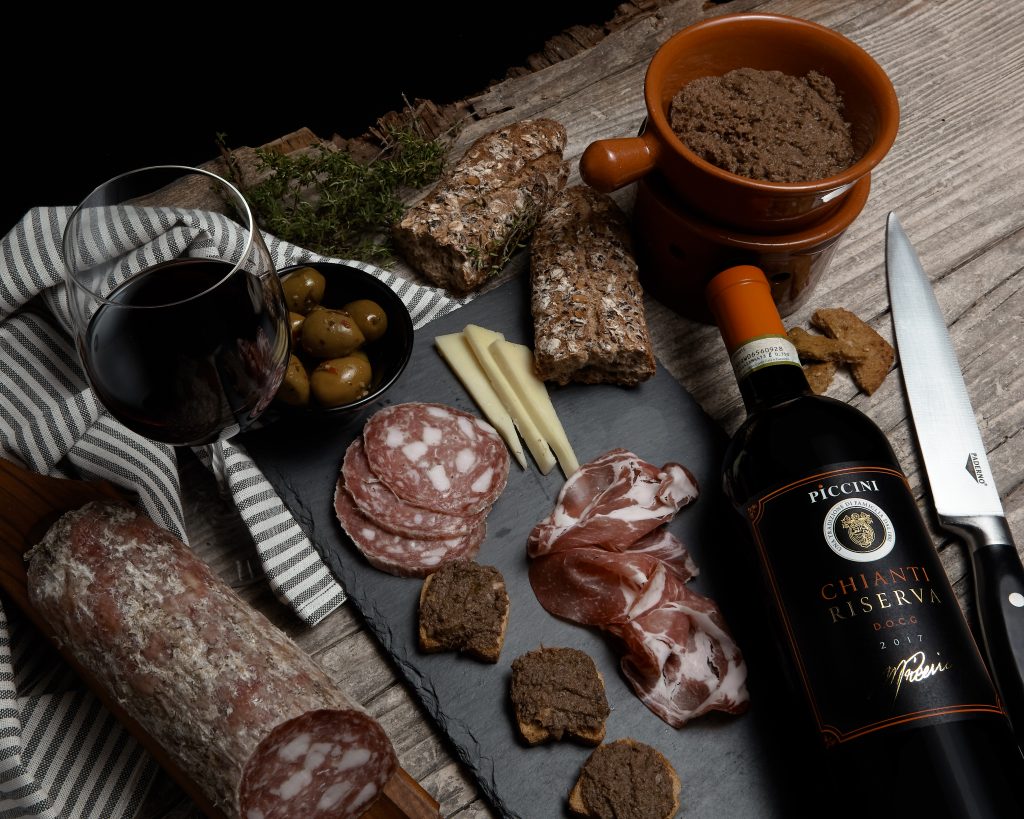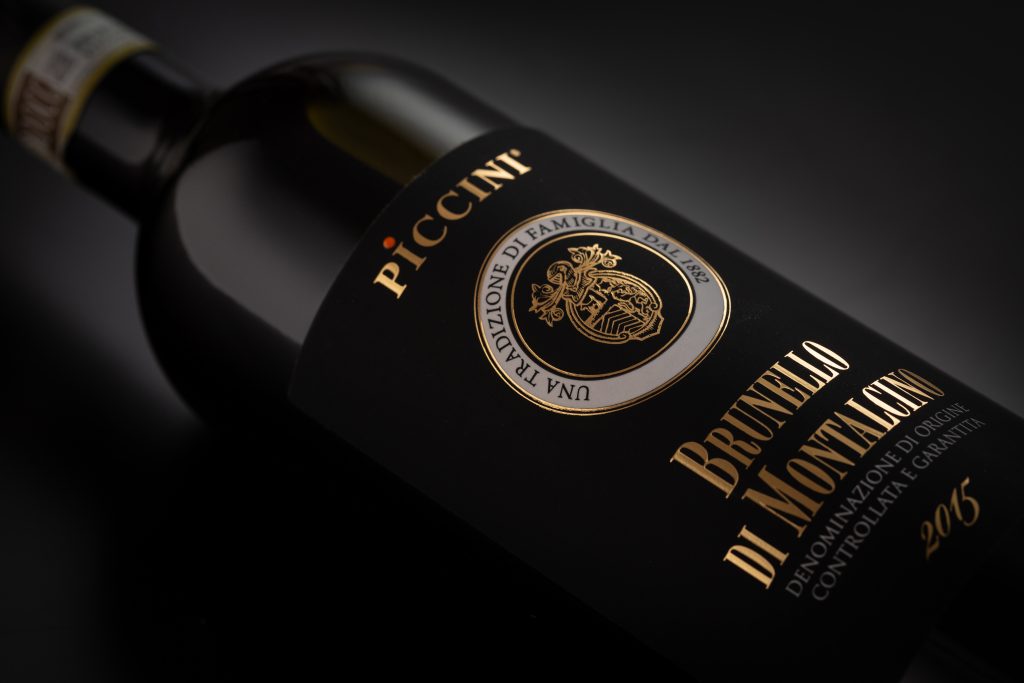A Tuscan Christmas: festive wine and food pairings
If you’ve been lucky enough to spend time in Italy around Christmas, you’ll know that the focus on mealtimes with family and friends is taken to extremes, even by usual standards. If you manage to escape with your waistline intact, then you’re clearly not enjoying yourself enough.
The Italian delicacies we tend to associate with Christmas are at the sweeter end of the spectrum – think panettone or panforte, amaretti biscuits, cantucci dipped in Vin Santo, torrone (nougat), and let’s not forget the classic Christmas gift: a box of Ferrero Rocher. What constitutes a typical Christmas meal, however, is a different story.
While there are many common denominators, Italy’s fragmented history means that cooking styles evolved differently across the country, while the geographical stretch from north to south and emphasis on eating locally sourced foods means that specialities can also vary widely. Cooking methods of the same dish sometimes changing from town to town, let alone from region to region.

We’re focussing on Tuscany, sitting in the middle of the country and straddling the gap between the north and the south. Although Tuscan cooking is based on rural cucina povera, with a heavy reliance on vegetables and bulking out dishes with bread to make them go further, the star of any Christmas table will, of course, be some kind of roasted meat. Traditionally this may be a loin of roast pork, veal, occasionally wild boar, accompanied by potatoes roasted with garlic and rosemary and other seasonal vegetables. Fish tends to be limited to the Christmas Eve feast, according to Catholic tradition.

The classic Tuscan crostini come in to their own as antipasti, at this time of year piled high with chicken liver paste. Of course, no Italian meal would be complete without the primo or pasta course, and Christmas time is no exception. This will often mean a plate of crespelle – pancakes baked with layers of spinach and ricotta and covered in bechamel and tomato sauces, or filled pasta: tortellini or cappelletti served in a chicken broth. Said chicken will also feature as part of the feast…
Perhaps more importantly, what do you drink with all of this? Chianti, and the Sangiovese grape in general, is something of an all-rounder when it comes to food pairing. Lighter, fresh styles are necessary when you’re dealing with such richness, providing a welcome fruitiness to the umami notes of the crostini, or cheese-laden crespelle.
A Chianti Riserva such as the Piccini Collezione Oro gives all of the freshness alongside riper fruit and notes of Christmas spice. Chianti has the bonus of being a great match for turkey. It does exactly what you would expect cranberry sauce to do – both sweet and tart fruit balance out the savoury white meat and cut through the richness of the trimmings.
If budget allows, consider Brunello di Montalcino for the main event. Brunello, or Sangiovese Grosso is a clone of the Sangiovese grape that is specific to the area around the town of Montalcino. Thicker skinned grapes with higher acidity mean than the wine is well known for its powerful concentration and long ageing potential. The wines are released in their 5th year after the harvest, having spent at least two years in oak barrels, and can last for years or decades in the bottle afterwards. Put simply, it’s the perfect match to whatever type of meat or nut roast you choose to serve on the day, (and will definitely steal the show).

Although the Italian cheese board doesn’t have quite the same spotlight as it does in the British Christmas dinner, think of replacing Port with a rich, fruity red wine. Piccini Solco Toscana IGT is made from lightly dried grapes: ‘uve appassite’. The process of drying the grapes increases the sugar content, meaning an increase the potential alcohol, and more body and complexity on the palate. There’s a touch of sweetness on the finish, a result of not fermenting to full dryness – this makes it a winner with fresher blue cheeses in the same vein as port or sweeter whites would.
If you have room to move after this, then well done. The panettone is calling.


